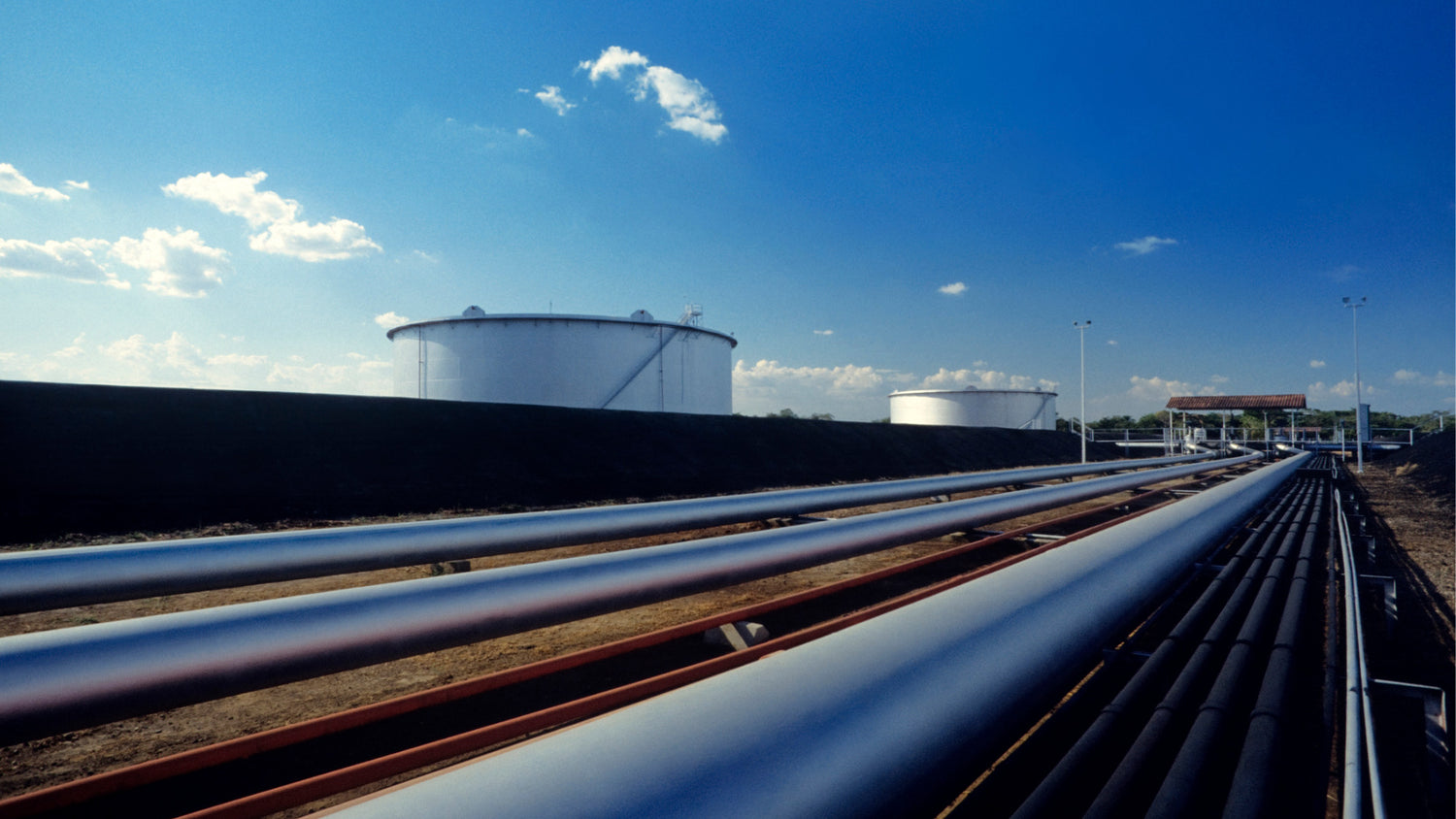
Reliance on US Natural Gas Poses Risks
Over the last 20 years, the Mexican natural gas scenario changed dramatically. Oil’s share of the electricity mix declined from 53% in 1990 to 10% in 2017, while the usage of natural gas rose fivefold to 60% of Mexico’s power mix over that time frame.
When natural gas demand started to rise, Mexico was able to produce enough gas to supply all sectors. For instance, in 1999, the natural gas supply was 29.4 Million tonnes of oil equivalent (Mtoe) and the demand was 29.1 Mtoe. However, production did not increase at the same pace.
Mexico started to import natural gas, especially to supply the power sector. By 2009 natural gas imports rose to 10.8 Mtoe, just under 20% of national consumption, and by 2017, imports grew to more than half of Mexican total consumption.
How Did We Arrive Here?
Mexico not only became heavily reliant on gas imports but also highly dependent on U.S cross-border pipelines. In 2017, 86.4% of the total natural gas imports (42.1 billion cubic meters) were done through pipelines coming from Texas, California, and Arizona, with Texas being the major supplier. Texas natural gas accounts for just over 60% of total pipeline imports.
These increasing imports have been followed by rapid cross-border pipeline expansions. Most of the infrastructure occurred during Mexico’s Infrastructure Expansion and Five-Year Plan.
Where’s the Opportunity for Investors?
Since 2012, eight new cross-border pipelines were commissioned increasing the gas flow capacity from 2.75 billion cubic feet per day (Bcm/d) to more than 11 Bcf/d up to the end of 2018. Net Midstream (Next Era), the consortium Energy Transfer – Carso Energy, and Spectra Energy have been the key players in all these developments. Since 2012, they have been awarded contracts to increase cross-border capacity. Accounting for all pipelines commissioned in this period, each one has increased cross-border capacity by 2.1, 2.5, and 2.6 Bcm/d respectively. Other major expansions have also taken place across Mexico.
Since 2012, 4,639 km of natural gas pipelines have been added to the 15,986 km national grid. An additional 2,882 km are under construction, with TransCanada and IEnova being the main developers. Since 2012, Transcanada and IEnova have installed almost 3,000 km of combined pipeline infrastructure.
We expect an additional 3,000 km of pipeline to come online over the next five years to supply the central and southern regions of Mexico. (Next Era Energy Resources has always been one of our highest conviction recommendations to US investors looking for exposure to infrastructure in Mexico. We also recommend Sempra Energy because of its ownership interest in IEnova.)
What are the Lurking Risks?
Although natural gas imports from the U.S. have alleviated oil dependency and lowered electricity prices, it’s made Mexico vulnerable to supply risks from the U.S. which can hinder economic growth. In late 2018, gas supplies for several industries, even power plants, were limited and other sectors were told to reduce consumption.
We believe the shortage was caused mainly by delays in Texas cross-border pipelines and operational issues in some of the processing centers according to local sources. We think that this heavy reliance on Texas gas may lead to more shortages that could affect supply chains, increase electricity prices in the short run, and slow economic growth.
According to our analysis, a 10% of shortage in natural gas supply could reduce manufacturing production by .5% percent. The Central Bank of Mexico also lowered growth forecasts and cited potential gas shortages as one of the factors.
The Mexican dilemma is a delicate balance for both long-term buyers of power, and for the government. Natural gas stabilizes electricity prices, and due to the thermodynamics of natural gas power plants, they provide reliability to the power grid. However, an overreliance on U.S. gas puts Mexico at a disadvantage from both a risk and a geopolitical perspective.

